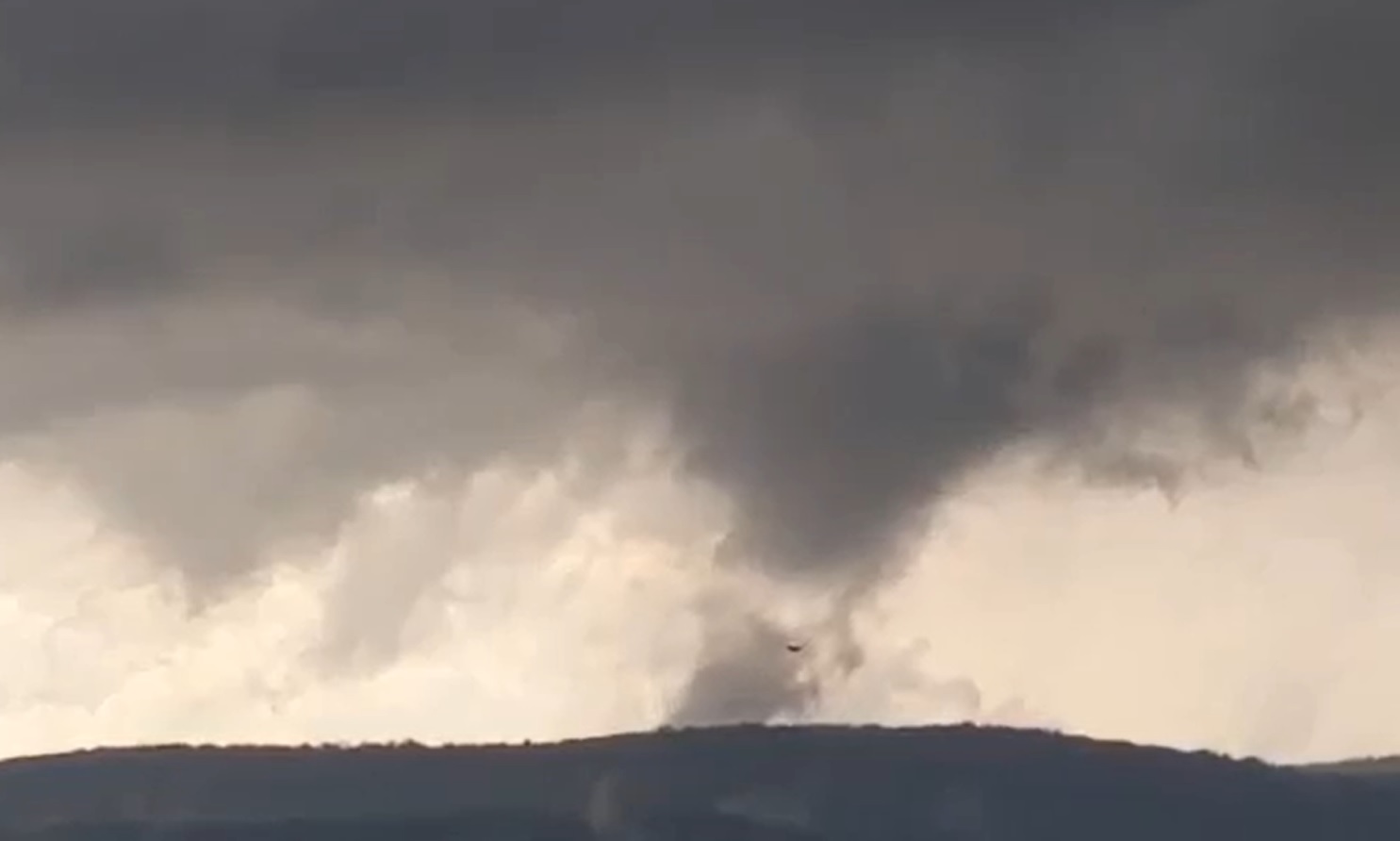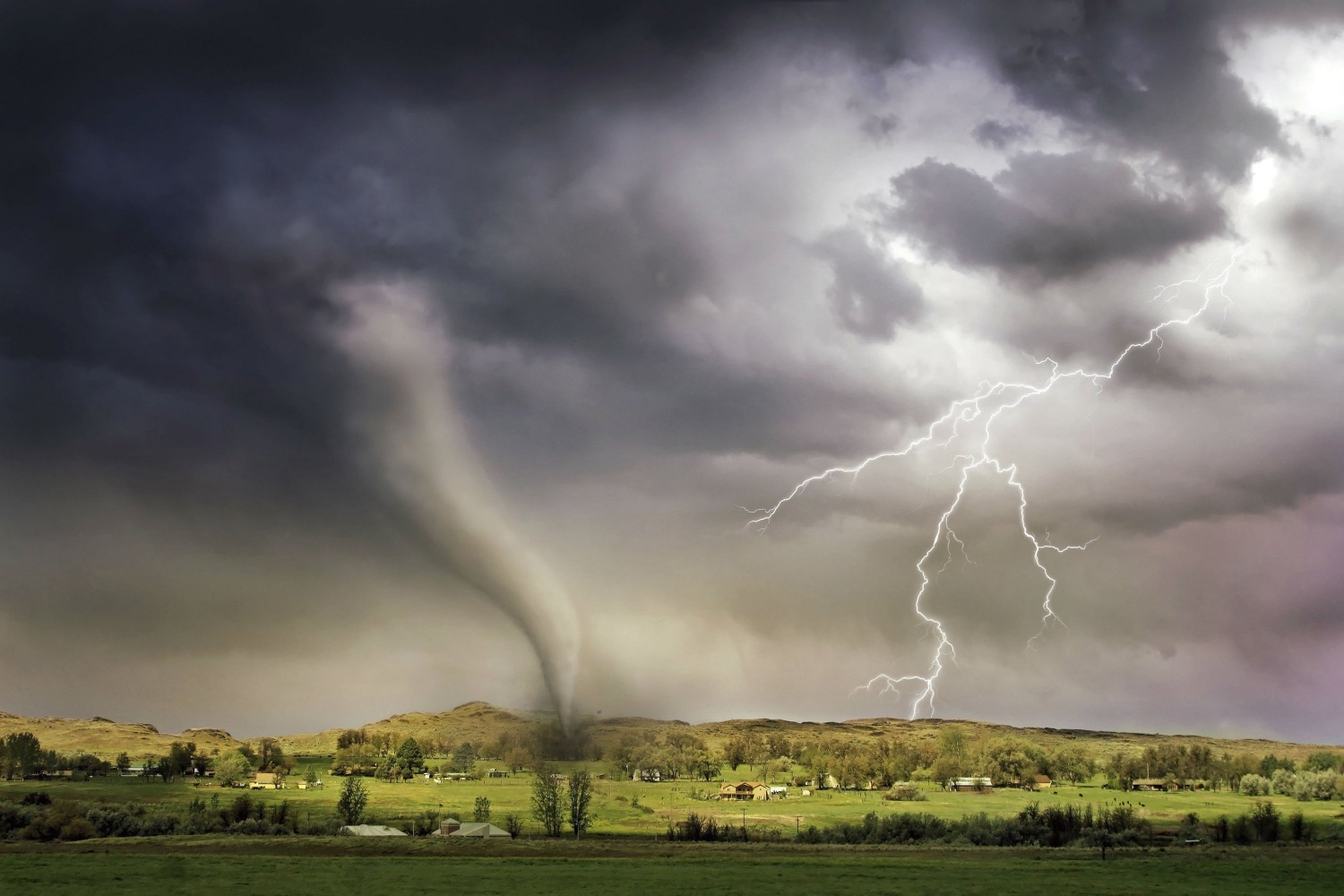Rome, New York Tornado History and Impact: Rome Ny Tornado

Rome ny tornado – The Rome, New York tornado was a significant event in the history of the city. It occurred on July 1, 1956, and caused widespread damage. The tornado touched down in the town of Verona and traveled through the city of Rome, leaving a path of destruction in its wake.
The tornado was an F4 on the Fujita scale, with winds reaching speeds of up to 200 miles per hour. It caused extensive damage to homes, businesses, and infrastructure. Several people were injured, and one person was killed.
Path of Destruction, Rome ny tornado
The tornado touched down in the town of Verona at approximately 6:30 PM. It then traveled through the city of Rome, causing damage to homes, businesses, and infrastructure. The tornado lifted off the ground at approximately 7:00 PM.
The Rome, NY tornado left a trail of destruction, but amidst the chaos, there was a glimmer of hope. As residents began to rebuild, they turned to the Australia vs USA basketball score for a moment of respite. The thrilling match provided a welcome distraction, offering a sense of normalcy and a reminder that even in the darkest of times, there is always something to celebrate.
The path of destruction was approximately 10 miles long and 1 mile wide. The tornado caused extensive damage to homes, businesses, and infrastructure. Several homes were completely destroyed, and many others were damaged.
Personal Accounts
Many people witnessed the tornado, and several have shared their accounts of the event. One eyewitness said that the tornado “sounded like a freight train.” Another eyewitness said that the tornado “looked like a giant black funnel cloud.”
The Rome, NY tornado was a devastating event, but it also brought attention to the incredible resilience of the human spirit. Like Simone Biles, who overcame adversity to become one of the greatest gymnasts of all time ( simone biles netflix ), the people of Rome are rebuilding their lives and community with determination and strength.
The tornado had a significant impact on the city of Rome. It caused extensive damage to homes, businesses, and infrastructure. The tornado also left a lasting impression on the people who witnessed it.
Meteorological Conditions and Tornado Formation

The Rome, New York tornado formed within a complex weather system characterized by strong wind shear, instability, and abundant moisture. These conditions provided a favorable environment for tornado development.
Wind shear refers to the change in wind speed and direction with height. Strong wind shear can create horizontal spinning motion in the atmosphere, which can contribute to tornado formation. In the case of the Rome tornado, there was significant wind shear present in the atmosphere, particularly in the lower levels.
Instability
Atmospheric instability refers to the tendency of air to rise and fall vertically. Unstable air is characterized by large temperature differences between the surface and the upper atmosphere. These temperature differences create buoyancy forces that drive upward air motion. In the case of the Rome tornado, the atmosphere was highly unstable, with warm, moist air near the surface and cold, dry air aloft.
Moisture
Moisture is a crucial ingredient for tornado formation. The presence of moisture in the atmosphere provides the necessary condensation and latent heat release that can fuel the tornado’s updrafts. In the case of the Rome tornado, there was ample moisture available in the atmosphere due to the presence of a warm front and an associated area of showers and thunderstorms.
The combination of strong wind shear, instability, and abundant moisture created an environment that was conducive to tornado formation. The Rome tornado developed within a supercell thunderstorm, which is a type of thunderstorm characterized by strong updrafts and rotation. The tornado’s strength was rated as EF2 on the Enhanced Fujita Scale, with wind speeds estimated to have reached 111-135 mph. The tornado had a path length of approximately 10 miles and remained on the ground for about 20 minutes.
Community Response and Recovery Efforts

In the immediate aftermath of the Rome, New York tornado, local authorities and emergency services responded swiftly to the crisis. First responders, including firefighters, police officers, and paramedics, worked tirelessly to rescue trapped individuals, provide medical assistance, and secure the affected areas. Emergency shelters were established to accommodate displaced residents, and community outreach programs were initiated to provide food, clothing, and other essential supplies to those in need.
The community faced significant challenges in the aftermath of the tornado, including widespread infrastructure damage and the displacement of numerous residents. Many homes and businesses were destroyed or severely damaged, leaving many people without shelter or access to basic necessities. Infrastructure, such as roads, bridges, and power lines, was also heavily impacted, disrupting transportation and communication.
Community Resilience and Volunteerism
Despite the devastation caused by the tornado, the community of Rome, New York, demonstrated remarkable resilience and a strong sense of unity. Residents came together to support one another, offering assistance and resources to those in need. Volunteers from local organizations and neighboring communities played a vital role in the recovery process, providing cleanup assistance, distributing supplies, and offering emotional support to affected individuals.
Numerous organizations, including the Red Cross, Salvation Army, and local churches, mobilized their resources to provide aid to the community. They established temporary shelters, distributed food and supplies, and offered counseling and other support services to those impacted by the tornado.